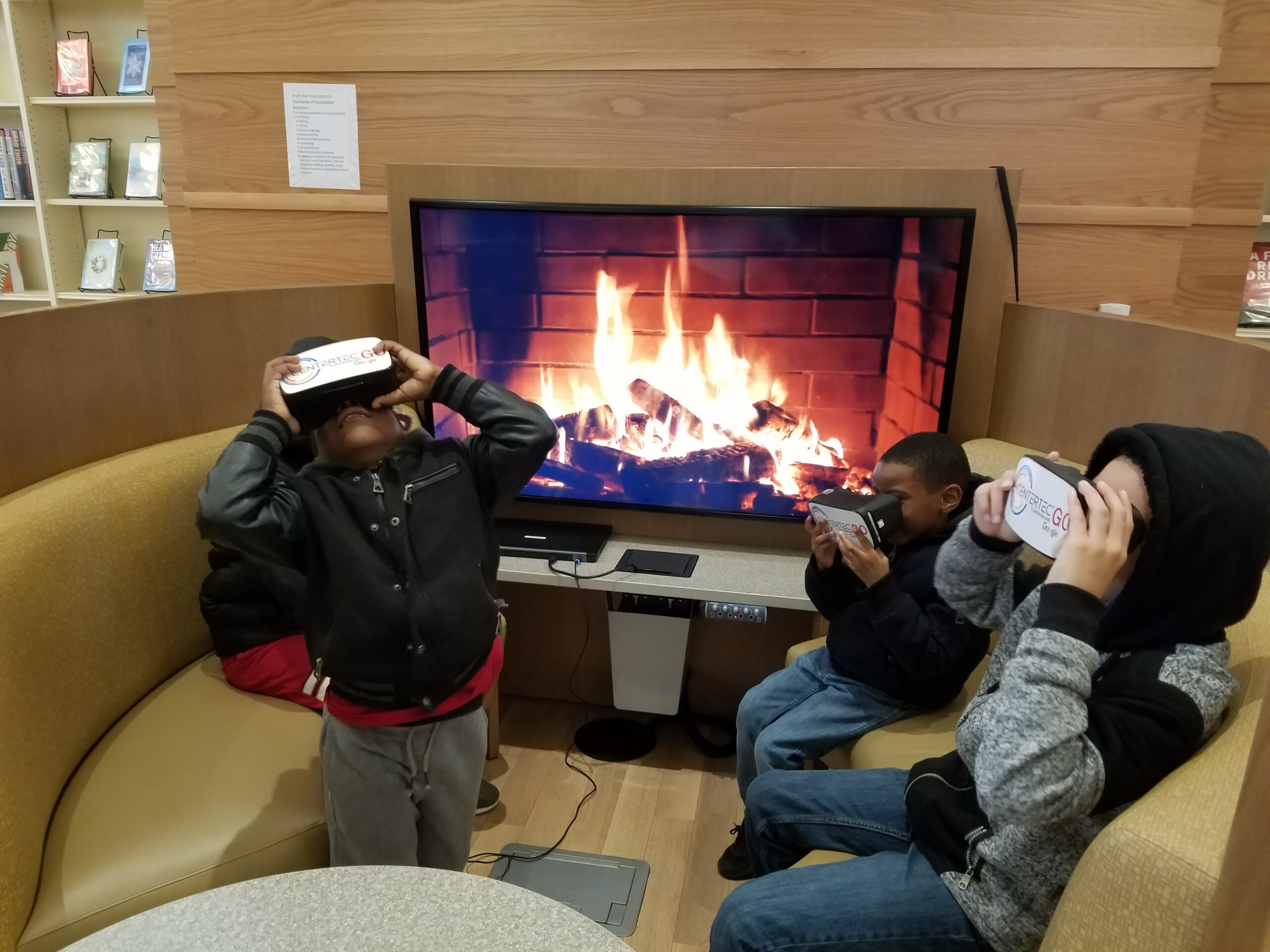Being a teacher can bring great joy. Connecting with students, introducing new ideas and watching them grow are the priceless perks of a career in teaching. Traditional methods of presenting information, such as lectures and textbooks, have been supplemented with the introduction of video which is now an important aspect of most classroom curriculum.
But video may not be the ultimate-engagement tool that it once was as technology continues to advance. Now there is a new tool: virtual reality, which provides a new layer of engagement and immersiveness that can truly captivate students.

New research from the University of Warwick, studying the impact of virtual reality particularly when compared to text books and video, supports the use of virtual reality in the classroom as an effective tool.
“Virtual reality (VR) is the most engaging and emotionally positive learning method in comparison to textbook learning and video. VR shows great potential to supplement or replace traditional learning methods and create new experiences…”
This, of course, is nothing new for those educators that have had the opportunity to use VR in a lesson plan or as a supplemental tool for students to further engage with a subject.
Look for more research to continually emerge as further research progresses. VR headsets will make their way into classrooms just as TV’s, smart boards, and computers have done over the decades.


